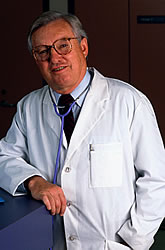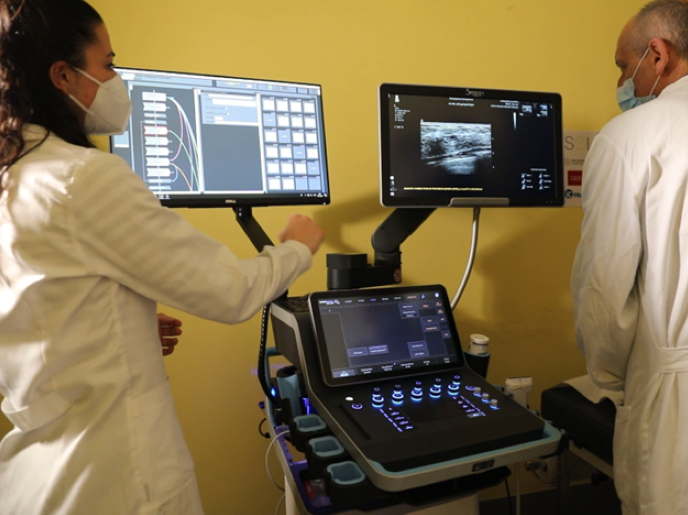Implanting seeds for a new cancer treatment
Fortunately, new advanced brachytherapy- a form of radiotherapy treatment, both long term and more localised now presents a means to achieve effective tumour treatment in a cost-effective minimally invasive manner. For treating some types of carcinogenic tumours the new brachytherapy system may benefit patients and doctors alike. Because it advances medical imaging as a whole it may also have beneficial spill over effects on other areas of medical practice. Brachytherapy is the practice of inserting radioactive sources into the human body, either in, close to, or around the tumour itself. Under the MITTUG project, two variations of brachytherapy were developed; the radioactive seed based treatment and the catheter variation. The seeds are implanted if a more permanent form of treatment is required. This development is however far more than just seeds and catheters. The entire procedure is minimally invasive, is based on advanced visualisation technologies and therefore presents a more localised and immediate treatment promoting better therapy treatment. The innovation behind these treatments lies in the insertion of seeds and catheter that is achieved through the use of a 3D ultrasound imaging system. This leads to a far more accurate treatment as the system provides a more developed and defined radiation pattern without the need for computed axial tomography or X-rays. Additionally, doctors are presented with a means to visualise placement during the procedure itself, thus optimising entrenchment and reducing the need for post- treatment scanning. Another feature is the inverse planning system that affords doctors a means to calculate the minimum number of seeds as well as the optimal position emplacement. Additionally, a needle navigation system presents for the first time the facility for doctors to visually follow their emplacements in real-time. Finally, the system is also telematic, allowing experts to communicate online pre-post and even during the procedure. While this comprehensive system is showing excellent performance results, both for doctors and patients alike, it also presents a highly cost effective alternative. Additionally, many of the features can be used as standalone items or incorporated with other systems to improve their performance.







